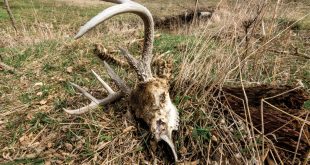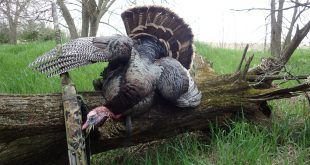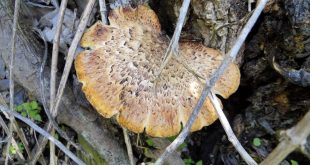I thought this season would never arrive. Just ask my wife…I am sure she is sick of me talking about turkeys already. I played with may calls, shot my bow, played with my decoys…heck I’ve even been dreaming about turkeys but alas….we are in the thick of it! Here are some early season tips that may just help you bag that tom before most of your buddies have even dusted off their decoys. Don’t forget…the youth shotgun season starts this weekend too. Should be an incredible youth opener and with permits just $5 for kids….how can you pass that up. Hmm….$5 for a lifetime of memories…even I can do that math!
For much of the early season, turkeys are just starting to break up from winter flocks. This can make for exciting times in the field. We are just starting to see the dispersal phase hitting much of Nebraska where hunters are seeing smaller groups of toms, hens, toms strutting for hens, etc. This is one of the most exciting times and a great location for our youth opener as turkeys can respond well to the call as the frustration of a lack luster love life takes hold.
Roost The Toms
– Toms can change roosting locations pretty rapidly this time of year but one thing is all but certain. If you know where he is roosted the night before, chances are he will still be there in the early morning. Roost sites are fickle. The old saying “roosted ain’t roasted” is ever so true. Once we put a bird to bed…we need to take extra caution in locating and sneaking into position in the morning. A bird that has been spooked while on the roost is all but impossible to call in right after they hit the ground. Usually they will just fly down the opposite direction. Once roosted, I generally spend some time talking to that tom to let him know the exact location of this would be date. More than once, that tom has left the roost after a sleepless night and come right to the spot I last called from and strutted all morning in hopes for that hen. In the morning, I like to sneak within 100 yards or so of the roost and set out my decoy. Once hidden, I slowly let out a few clucks and sleepy yelps to let him know I am still there. Now, once he starts to gobble I may back off a bit unless I am competing with other hens. If he sits on the roost and gobbles too long, he may attract other hens and ruin my plans. Once he knows you are there, read the bird to determine how much calling is needed. As he wakes up, so does my calling which will get a bit more aggressive. Ideally he will fly down and be in view of my decoy. This is when a good decoy is worth its weight in gold.
Decoys
– I like to place decoys so that the hen is facing away from where that tom will approach. Too often a tom will enter the field and hang up if the hen is looking at him but not responding. Most bird brained Casanovas will assume that if she isn’t looking they need to get closer as no girl could resist them if they could only see them! For jakes or strutting toms, I like to face them toward the incoming tom to look more aggressive. After all, we’re only here for a fight right? Hard to look too dangerous while cowering in the corner with your back to the action….I don’t like jakes or toms that look too aggressive or erect as I think they can actually scare away all but the most aggressive toms. Decoys have come a long ways over the last few years and the new batch of motion decoys will prove to be effective. Movement kills but only if your decoy presents the correct posture…which I think is key.
Strutting Zones
– These will begin to develop over the next few days. Favored hangouts where toms like to spend these cool late morning hours waiting for receptive females to stop by. Find these open locations and hang out all day. Toms will be by soon, especially as they begin to break up from larger flocks during the day hours. Scouting can help find these productive areas. The good news is these areas can be productive each year!
Feeding Areas
– these are great bets for early season birds as both toms and hens are eating now before the mating storm. large open grain fields located next to wooded areas can be a good bet any time of day. Find a shady spot, place a decoy and enjoy an afternoon of rest and relaxation.
Have fun this weekend and enjoy this time outdoors. Remember each morning gobble is a gift so cherish each moment. Early season hunts can be exciting and of the most productive. You will never forget the excitement in a child’s eye when they hear their first gobble or call in their first bird. That can’t happen if you don’t take them to the field! Remember, make sure of your target, be safe and enjoy this awesome spring turkey season. It should rank as one of the best yet!
Jeff
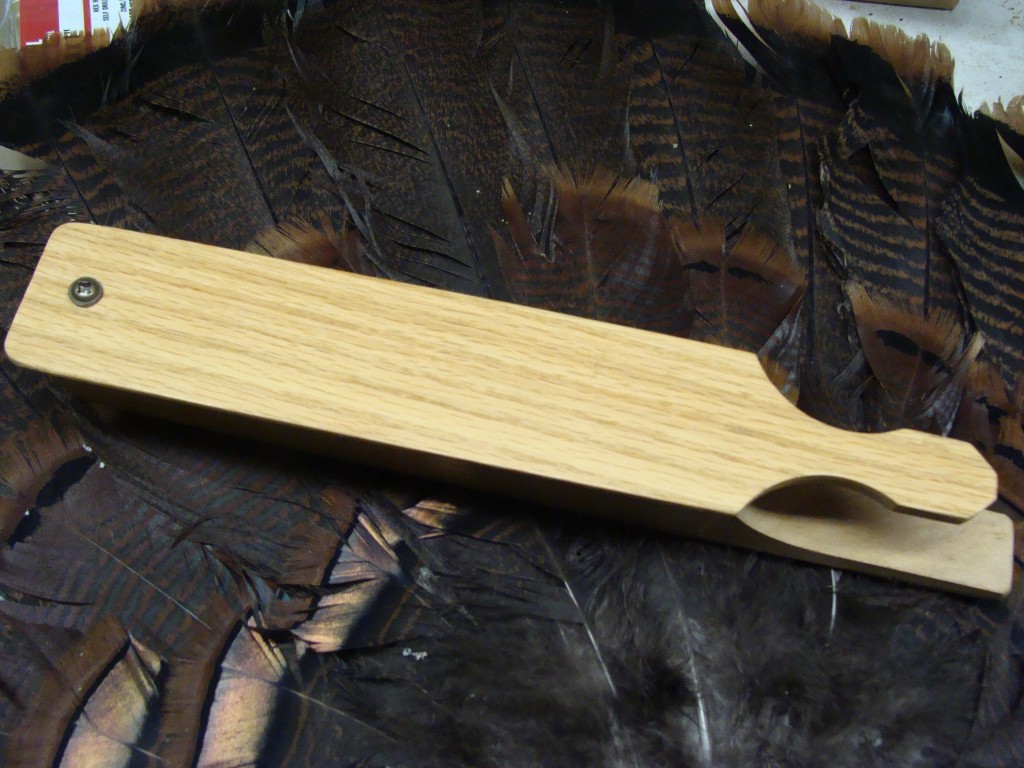
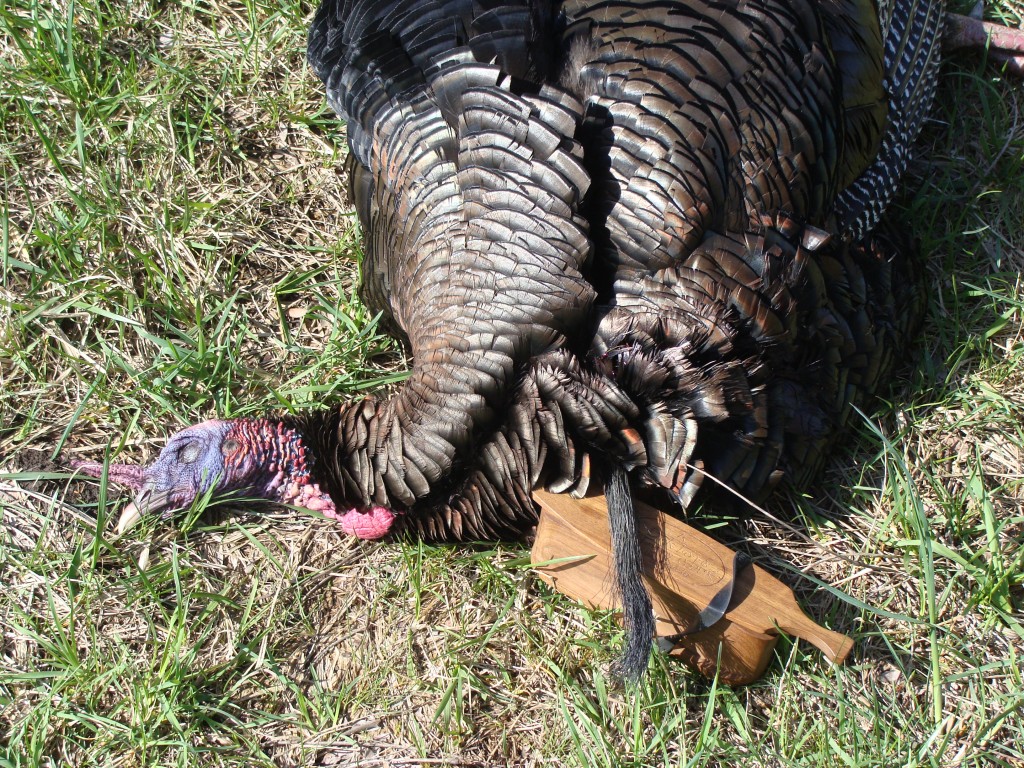
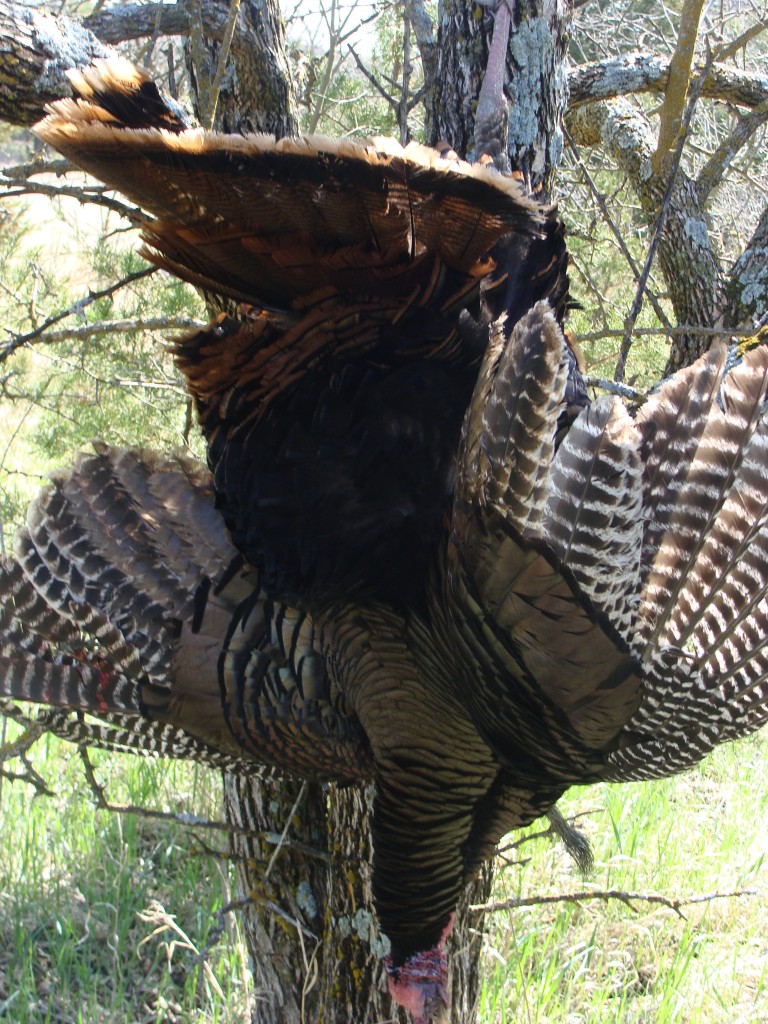
 Nebraskaland Magazine
Nebraskaland Magazine
